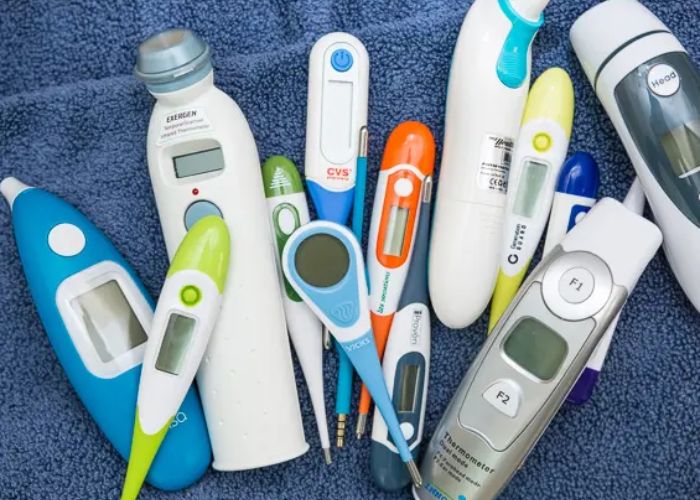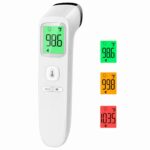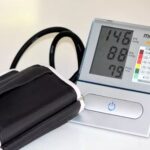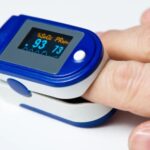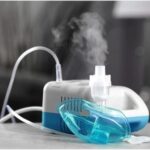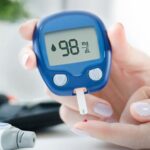How Do Different Types of Thermometers Measure Body Temperature? With 7 years of experience working as a nurse in various hospital settings, I have used all kinds of thermometers to check patients’ temperatures. Monitoring body temperature is a crucial part of healthcare, as it indicates internal changes that can signify illness or infection.
In my time as a nurse, I have developed specialized expertise in reading and interpreting temperature measurements from different devices. As someone who has taken thousands of readings, I want to share my in-depth knowledge on how various thermometers work to quantify this vital sign. Let’s read below “How Do Different Types of Thermometers Measure Body Temperature”
How Do Different Types of Thermometers Measure Body Temperature?
Here is the Different Types of Thermometers Measure Body Temperature:-
Mercury Thermometers
One of the oldest methods is the classic mercury thermometer. Although they are being phased out over environmental concerns regarding mercury exposure, they served as the mainstay for many decades. These thermometers rely on the unique property of mercury expanding when heated.
Inside the narrow glass tube is a reservoir of precisely calibrated liquid mercury. When placed in contact with body heat, the mercury expands and rises within the tube. Markings along the side denote various temperature readings in either Celsius or Fahrenheit units.
From my extensive experience, mercury thermometers provide some of the most accurate readings. However, they come with several downsides – long measurement times of 3+ minutes, risk of mercury exposure if broken, and inability to offer digital recordings.
Digital Thermometers
Modern digital thermometers use advanced electronics and heat sensors in place of liquid mercury. Most models house a thermistor, which is a type of resistor that changes electrical resistance based on surrounding temperature.
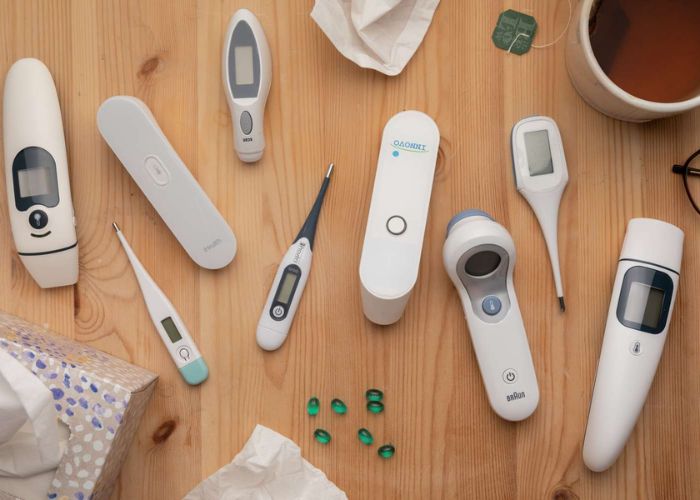
Higher heat causes more molecular excitation within the thermistor, lowering its resistance and altering the voltage readings. Built-in software converts these voltage measurements into numeric temperatures displayed on a small LCD screen.
I have found digital thermometers to produce temperature readings rapidly within 30 seconds. Their big advantages are convenience, safety, and easy-to-read digital outputs. However, from experience, they tend to be less precise than mercury counterparts.
Infrared Thermometers
Infrared thermometers, also called non-contact thermometers, use infrared energy to capture temperature measurements. They detect levels of heat radiation emitting from the eardrum or forehead region.
Read More:- What Is the Purpose of IV Catheters and Fluids in Intravenous Medication and Hydration?
Inside these devices, infrared sensor arrays absorb emitted thermal radiation, and onboard processors convert signals into surface body temperatures. I like using infrared thermometers because readings take only 1 second, no skin contact is needed, and they minimize cross-infection risks.
On the other hand, external factors like environmental temperature, sweat, and placement technique can influence accuracy. Overall, infrared thermometers serve great for rapid scans, but core body readings using oral or rectal probes are more precise.
Thermometer Strips
Temperature test strips offer a unique approach, using specialized heat-sensitive chemicals to detect temperatures. Typically, these single-use strips have small squares containing heat-activated dye that changes color based on temperature exposure.
To use them, the strip is placed under the tongue for the required duration. As the strip equilibrates to oral temperature, the dye square changes into the corresponding color. This color is then matched to the indexed reference palette on the vial to obtain the temperature reading.
From hands-on experience, I find strips to be an affordable and portable option, but limited in terms of accuracy and precision compared to other electronic thermometers. They work decently for rough estimates, but important medical assessments require more reliable quantitative data.
Read More:- Charnley Dissecting Forceps 180Mm
Tympanic Thermometers
Tympanic thermometers analyze the infrared radiation emanating from the eardrum to evaluate core body temperature. As I often demonstrate to my patients, the probe tip is gently placed into the ear canal to detect infrared heat patterns using a high-sensitivity sensor.
The thermometer’s optics and electronics generate a temperature reading within 2 seconds – the fastest measurements among all devices. Because blood vessels around the eardrum track closely with body’s internal heat, tympanic readings provide accuracy almost comparable to rectal measurements.
In my 7 years of nursing practice, I have used these devices extensively for obtaining rapid, reliable temperatures on patients of all ages. The only limitations are proper probe positioning and higher costs over other alternatives.
Achieving Optimal Accuracy
Based on considerable first-hand experience, I want to emphasize that measurement technique is equally important as the device itself. Proper placement and adequate stabilization time helps minimize variances.
According to healthline.com, Rectal probes, while invasive, ultimately produce the highest accuracy by directly contacting internal tissue. Oral readings require closed-mouth positioning under the tongue for at least a minute. I instruct parents and new users to read accompanying instructions to maximize precision.
Understanding how different thermometers work sheds light on their respective advantages and limitations. Ultimately, the choice depends on patient age, cost constraints, speed requirements and tolerable accuracy ranges for the application.
With comprehensive knowledge built over years of professional practice, I educate my patients on selecting the right device to reliably meet their temperature measurement needs. My depth of expertise helps me interpret readings appropriately and determine when concerning variations warrant further medical investigation. I hope you like reading “How Do Different Types of Thermometers Measure Body Temperature?”

Dinesh Singh Negi is a seasoned expert in the healthcare procurement industry with over 15 years of experience in supply chain management and hospital procurement strategies. Holding a Master of Business Administration (MBA) in Operations Management and Supervision, Dinesh has successfully optimized procurement processes for numerous healthcare facilities, ensuring cost-effective and quality supply solutions. As the lead author on hospibuy.com, Dinesh shares his deep knowledge and insights on hospital procurement trends, product evaluations, and industry best practices. Connect with Dinesh on LinkedIn for more professional insights.

